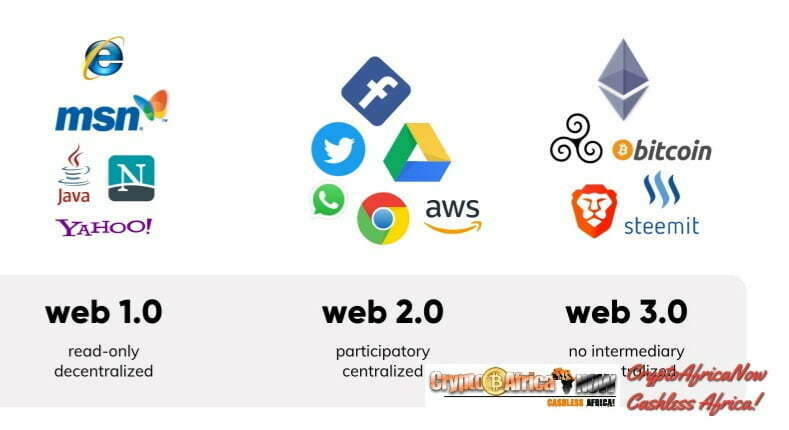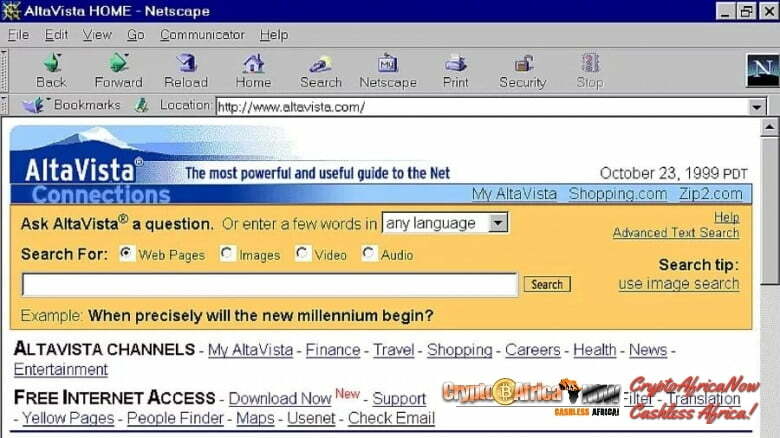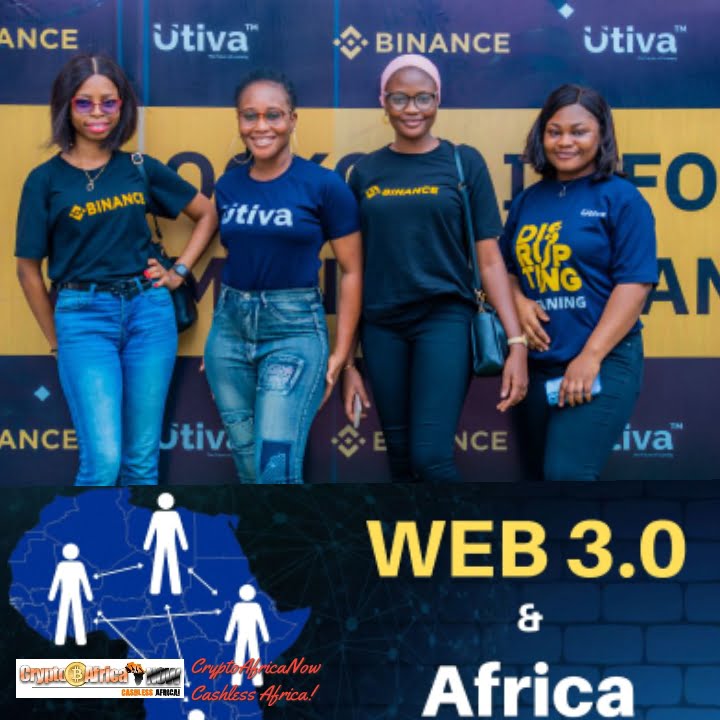Many people believe that the current Internet model, in which corporations avariciously collect user data, censor content, and know more about users than their relatives, needs to be updated. This opinion has grown over the past few years.

Influencers and business titans discuss ways to improve and secure the Internet while offering their thoughts on how to shape Web 3.0. We will examine the evolution of the Internet throughout history, highlighting each era’s unique characteristics and examining what is foreseen for us in the near future in today’s report with CryptoAfricaNow(CAN). Africa cannot be left unattended.
It’s crucial to remember that the so-called versions of the Internet have gradually developed over time. History does not clearly show that Web 1.0 gave way to Web 2.0. It’s likely that people won’t be able to migrate to Web 3.0 right away either.
The Internet has changed. New features are now being added to websites. Users have recognized that they are already utilizing a completely different infrastructure as the Internet has evolved to accommodate new ideas. The Internet is entering a new era.
Let’s discuss the distinctions between the Web 1.0, Web 2.0, and Web 3.0 periods.
What’s Web 1.0?
Those who were there throughout this time period, which spans from 1991 to 2004, may speak most authoritatively about the challenges and restrictions associated with browsing the Internet in Africa. For instance, in 2002, people in Cameroon, Nigeria, Ghana, Egypt, South Africa, Kenya, or elsewhere in Africa who could afford Internet equipment could only read the material on pages found through Google searches and were unable to contribute to the creation of content.

It was a “read-only” situation. In fact, the term “READ-ONLY” is used to define WEB 1.0 ( Read Only).
Users were not allowed to create accounts or register for websites; they could only see pages and read or consume the content that was shown on them.
Additionally, not all websites were supported by browsers. Website design was far from the variety and interactivity of today. Many websites provide users with “raw” text rather than using HTML markup. Developers have not been fond of CSS styles. Bright colors and textures that resembled wood, stone, or metal predominated on the pages.
What’s Web 2.0?
Web 2.0 is thought to have started in late 2004 and has continued through early 2005 to this day. The Web was taken over by web developers, who then began creating digital online empires. Internet users started setting up accounts on a website to contribute to content development and other activities.
Web 2.0 now includes social aspects, and an increasing number of tools enable users to chat, send messages, and place calls. Users had the option to customize their profile, add images and data to pages, and upload articles and videos, etc.
Like on Facebook, YouTube, and Twitter, users submit content and get likes, shares, and ratings from other users in the form of comments. There is now e-commerce, replete with tracking and payments. In fact, web 2.0 is read and interact.
Finally, what’s Web 3.0?
Web 3.0’s concepts remain concepts and raise more questions than they do answers, particularly in Africa. What Web 3.0 is all about has not yet fully been embraced by the public. You must have realized from the explanation of Web 1.0 and Web 2.0 that everything is subject to evolution and changes in the Internet space.
Crypto investors and NFT aficionados, who see everything as a new kind of revenue, frequently advocate the idea of Web 3.0. The third generation of the World Wide Web is known as Web 3.0 or Web3. It is a concept for a decentralized, open, and more useful Web that is still under development. The World Wide Web is another name for the Internet.
Tell us about your Web3 project in Africa by sending an email to sales@cryptoafricanow.com.
Support CryptoAfricaNow:
PayPal: sales@cryptoafricanow.com
BTC : 193aAucTT4x1pHvkWzEnm9FJTBkx7UFV1C
USDT _TRC20 : TH9TjruoN4R46rF2RuN9doLuLkSAyMeP8V

Ndasi Tata is a Bitcoin entrepreneur from Cameroon, who holds an M.Sc in Blockchain and Digital Currency from the University of Nicosia. He is an advocate of Bitcoin in Africa and uses various social media platforms to promote his ideas and ventures. Tata has a background in state journalism and has established himself as a significant figure in the Bitcoin community.











Artificial intelligence creates content for the site, no worse than a copywriter, you can also use it to write articles. 100% uniqueness :). Click Here:👉 https://stanford.io/3FXszd0